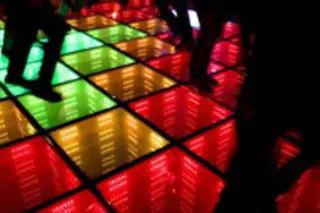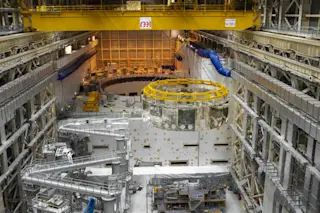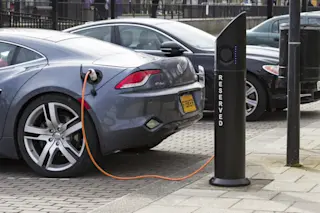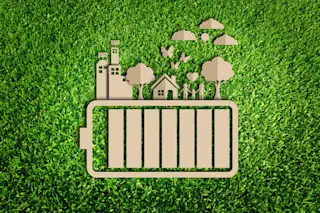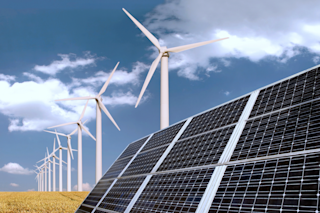It was a green idea that boogied straight off the dance floor and onto the city streets. Residents in the French city of Toulouse are testing out a special stretch of pavement in the city center that produces energy every time someone walks across it. The pavement is embedded with special sensors that convert energy from motion into electricity. It’s an idea that was first implemented in a Rotterdam nightclub by the Dutch company Sustainable Dance Club (SDC), where the company installed special modular dance floors that harvested the dancers' energy. City authorities in Toulouse hope to replicate that system in the city center; as people walk across the special pavement, they'll help generate between 50 and 60 watts of electricity. Energy captured during the day would be stored in a battery that could be used to power a nearby street lamp at night. French authorities are powering ahead with ...
Europe's Newest Green Energy Sources: Pedestrians and Body Heat
Explore how energy harvesting pavement in Toulouse city center generates electricity from foot traffic, promoting sustainable energy solutions.
More on Discover
Stay Curious
SubscribeTo The Magazine
Save up to 40% off the cover price when you subscribe to Discover magazine.
Subscribe

